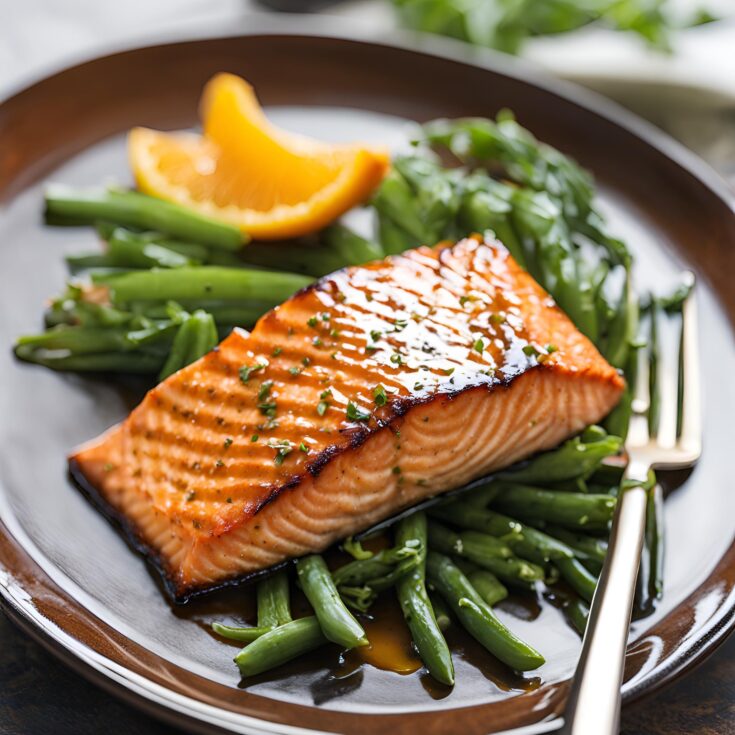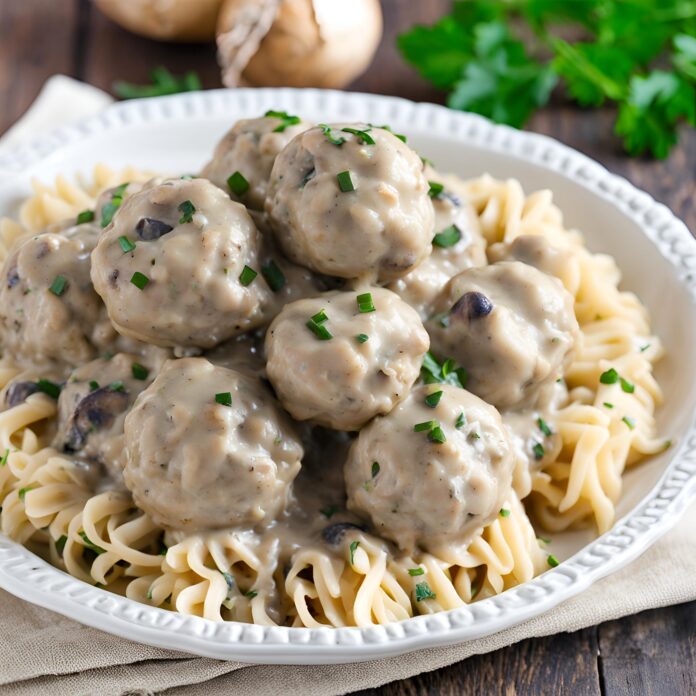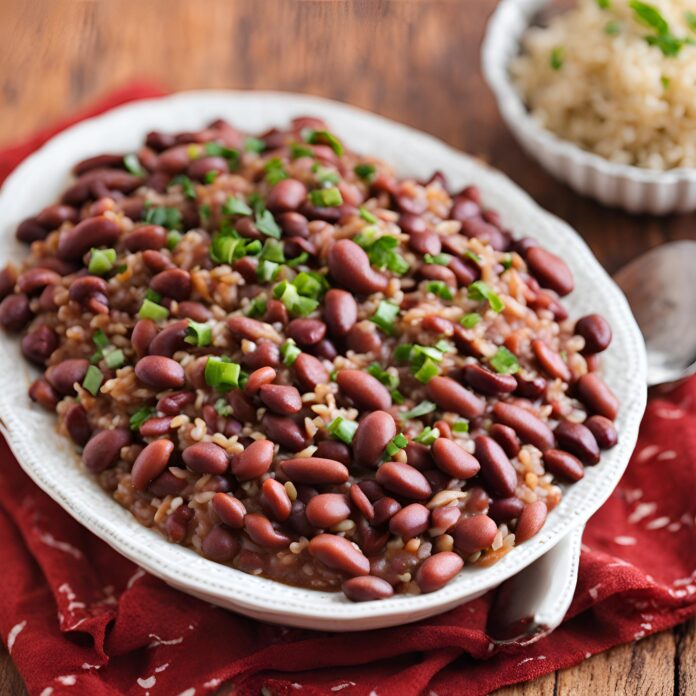Orange Glazed Salmon Recipe
There are few dishes that strike the perfect balance of sweet, savory, and tangy like Orange Glazed Salmon. This dish is a delightful fusion of fresh, juicy citrus and rich, tender fish. The orange glaze imparts a zesty, slightly sweet flavor to the salmon, while the fish itself remains delicate and flavorful. Whether you are cooking for a weeknight family meal or preparing a special dinner for guests, this recipe is easy to follow, yet offers a restaurant-quality result.
Salmon is an excellent source of omega-3 fatty acids, protein, and vitamins, making it both nutritious and delicious. When paired with the citrusy brightness of an orange glaze, this dish transforms into a mouthwatering, well-balanced meal that is both satisfying and healthy.
Step-by-Step Instructions
Step 1: Prepare the Orange Glaze
The glaze is what makes this dish truly stand out, infusing the salmon with a burst of citrus flavor while adding sweetness and depth. It’s simple to make, but the balance of flavors is what really elevates the dish.
-
Juice and Zest the Orange:
- Advertisement -- Begin by zesting one orange. Set the zest aside for later use in the glaze. Then, cut the orange in half and juice it, straining out the seeds as you go. You’ll need about 1 cup of fresh orange juice. Fresh juice is essential here, as it provides a bright and natural sweetness.
-
Cook the Glaze:
- In a medium saucepan, combine the orange juice, orange zest, honey, soy sauce, rice vinegar, Dijon mustard, garlic powder, ground ginger, and crushed red pepper flakes (if using).
- Stir everything together and place the saucepan over medium heat. Bring the mixture to a gentle simmer, stirring occasionally.
- Let the glaze simmer for 5-7 minutes to allow the flavors to meld together and reduce slightly. This will help concentrate the orange flavor and thicken the glaze.
-
Thicken the Glaze (Optional):
- If you prefer a thicker glaze, mix the cornstarch with a small amount of water (about 1 tablespoon) to create a slurry. Slowly pour this into the simmering glaze, stirring constantly. Continue to cook for another 1-2 minutes until the glaze has thickened to your desired consistency.
- Taste the glaze and adjust the seasoning, adding salt and pepper to taste. If you like your glaze a little sweeter, add more honey; if you want it more tangy, add a bit more vinegar.
-
Remove from Heat:
- Once the glaze has reached the desired consistency and flavor, remove it from the heat. Set it aside to cool slightly. You will use this glaze to coat the salmon later.
Step 2: Prepare the Salmon
While the orange glaze is simmering, it’s time to prepare the salmon fillets. Salmon is incredibly versatile and easy to cook, and it pairs perfectly with the citrus glaze. Whether you prefer your salmon with the skin on or off, both options work well in this dish.
-
Season the Salmon:
- Pat the salmon fillets dry with a paper towel to remove any excess moisture. This will help the salmon sear more effectively and form a crisp exterior.
- Rub the salmon fillets with olive oil or melted butter to help them cook evenly and achieve a beautiful golden crust. Season both sides of the fillets generously with salt and black pepper.
-
Cooking the Salmon: There are several methods for cooking the salmon, but the following are two of the most popular and effective methods:
Option 1: Pan-Seared Salmon (Best for a Crispy Exterior)
- Heat a large, non-stick skillet or cast-iron pan over medium-high heat. Add the olive oil or butter and allow it to melt.
- Place the salmon fillets skin-side down (if using skin-on) in the hot pan. Let them cook for 4-5 minutes, undisturbed, so the skin crisps up and the salmon begins to cook through.
- Once the salmon is crispy on the skin side, flip the fillets and reduce the heat to medium. Cook for another 3-4 minutes until the salmon is cooked through and flakes easily with a fork. The internal temperature should reach 145°F (63°C).
Option 2: Oven-Baked Salmon (Best for Even Cooking)
- Preheat the oven to 400°F (200°C). Line a baking sheet with parchment paper or lightly grease it with cooking spray.
- Place the salmon fillets on the prepared baking sheet and roast in the oven for 12-15 minutes, depending on the thickness of the fillets. The salmon should be opaque and easily flake with a fork when done.
For both methods, keep in mind that salmon cooks quickly, and overcooking can result in dry fish. Check the salmon periodically to ensure it doesn’t overcook.
Step 3: Glaze the Salmon
Now that both the salmon and the glaze are ready, it’s time to bring the dish together.
-
Brush the Salmon with Glaze:
- Once the salmon is cooked to your liking, remove it from the heat. Using a pastry brush or spoon, coat each fillet generously with the orange glaze. Make sure the salmon is evenly covered with the glaze, ensuring that every bite has a burst of citrus flavor.
-
Optional: Broil for a Caramelized Finish:
- For an extra touch, you can place the glazed salmon under the broiler for 1-2 minutes to caramelize the glaze. Keep a close eye on the salmon to ensure it doesn’t burn. This step adds a wonderful depth of flavor and a slightly crispy finish to the glaze.
Step 4: Serve and Garnish
-
Plate the Salmon:
- Place the glazed salmon fillets on serving plates. You can serve them as a main course with a variety of side dishes, such as roasted vegetables, rice, or a fresh salad.
-
Garnish:
- Garnish the salmon with freshly chopped parsley or cilantro for a pop of color and added freshness. Orange slices also make an excellent garnish and add a visual appeal to the dish. A few sprigs of fresh thyme or rosemary can also be added for a herbaceous touch.
-
Serve with Lemon Wedges:
- Serve the salmon with a side of lemon wedges, allowing diners to squeeze a bit of lemon juice over the fish for an extra zesty finish.
Serving Suggestions
This Orange Glazed Salmon is incredibly versatile and can be paired with a variety of sides to complete the meal. Here are some ideas for side dishes that complement the flavors of the salmon:
-
Rice:
- A bed of fluffy white rice, jasmine rice, or even brown rice works perfectly with this dish. You can also try coconut rice for a tropical twist.
-
Roasted Vegetables:
- Roasted vegetables, such as asparagus, carrots, or Brussels sprouts, make a great side. The slight char on the veggies pairs beautifully with the sweet and tangy glaze on the salmon.
-
Steamed or Sautéed Greens:
- Lightly sautéed spinach, kale, or Swiss chard provide a healthy and flavorful balance to the richness of the salmon.
-
Quinoa:
- Quinoa is another great option that’s high in protein and complements the salmon with its nutty flavor.
-
Salad:
- A fresh salad with mixed greens, cucumber, avocado, and a light vinaigrette can provide a crisp, refreshing contrast to the warm, rich salmon.
-
Mashed Sweet Potatoes:
- The sweetness of mashed sweet potatoes pairs beautifully with the orange glaze, making it an excellent side dish for a well-rounded meal.
Tips for Perfect Orange Glazed Salmon
-
Use Fresh Orange Juice:
- Freshly squeezed orange juice gives the glaze its bright and vibrant flavor. Avoid using store-bought orange juice, as it can be overly processed and lack the fresh, tangy notes needed for this recipe.
-
Don’t Overcook the Salmon:
- Salmon cooks quickly, so keep an eye on it to ensure it remains tender and juicy. Use a meat thermometer to check for doneness. The salmon should be at 145°F (63°C) in the thickest part of the fillet.
-
Adjust the Sweetness and Tanginess:
- If you prefer a sweeter glaze, feel free to add more honey or maple syrup. For a more tangy glaze, increase the amount of vinegar or Dijon mustard.
-
Add Heat for Extra Flavor:
- If you like a little kick, add more crushed red pepper flakes to the glaze. This will balance out the sweetness of the honey and the richness of the salmon with a bit of heat.
-
Substitute for Dietary Preferences:
- For a gluten-free version, use tamari instead of soy sauce. You can also substitute coconut cream for a dairy-free glaze.
Conclusion
Orange Glazed Salmon is an elegant yet simple dish that combines the richness of salmon with the bright, tangy sweetness of orange. Whether you’re serving it for a weeknight dinner or a special occasion, it’s a guaranteed crowd-pleaser. The glaze is easy to prepare, and the salmon cooks quickly, making it a perfect choice for busy days when you still want something delicious and impressive.
Orange Glazed Salmon Recipe

Ingredients
- 4 salmon fillets (about 6 oz each)
- 1 tablespoon olive oil
- Salt and pepper, to taste
- For the Orange Glaze:
- 1/2 cup fresh orange juice (about 1 large orange)
- 1/4 cup honey (or maple syrup for a different twist)
- 1 tablespoon soy sauce
- 1 tablespoon Dijon mustard (or whole grain mustard)
- 2 cloves garlic, minced
- 1 teaspoon fresh ginger (grated, or 1/2 teaspoon ground ginger)
- 1 teaspoon cornstarch (optional, to thicken the glaze)
- 1 tablespoon water (for cornstarch slurry, optional)
- Zest of 1 orange (for garnish)
Instructions
Step 1: Prepare the Salmon
- Season the Salmon: Pat the salmon fillets dry with paper towels. Season both sides with salt and pepper.
- Cook the Salmon: Heat the olive oil in a large skillet over medium-high heat. Once hot, add the salmon fillets skin-side down (if the skin is still on) and cook for about 4-5 minutes on each side, or until the salmon is golden brown and cooked through (internal temperature should reach 145°F).
Step 2: Make the Orange Glaze
- Combine Ingredients: In a small saucepan, combine the orange juice, honey, soy sauce, Dijon mustard, garlic, and ginger. Stir to combine.
- Simmer the Glaze: Bring the mixture to a simmer over medium heat and let it cook for about 5-7 minutes, or until it slightly thickens. If you want a thicker glaze, mix the cornstarch with 1 tablespoon of water to make a slurry and stir it into the glaze. Continue to simmer for an additional 1-2 minutes until the glaze is thick and glossy.
Step 3: Glaze the Salmon
- Glaze the Salmon: Once the salmon is cooked, spoon the orange glaze over each fillet while it’s still in the skillet, allowing the glaze to soak in and caramelize slightly. Cook for an additional 1-2 minutes to allow the flavors to meld.
Step 4: Serve
- Plate the Salmon: Serve the salmon fillets with extra orange glaze drizzled over the top.
- Garnish: Sprinkle with fresh orange zest and serve with your favorite side dishes, such as steamed vegetables, rice, or a simple salad.


